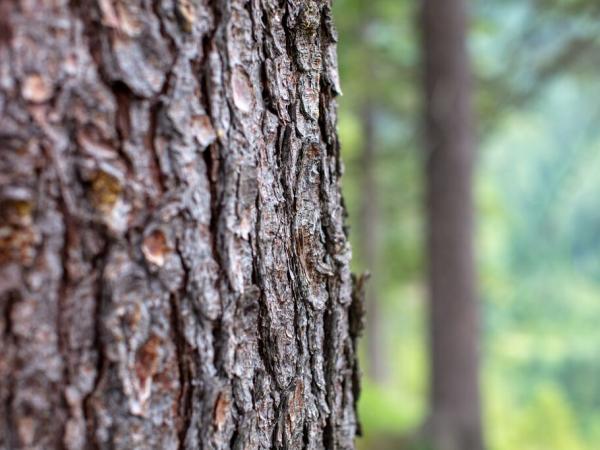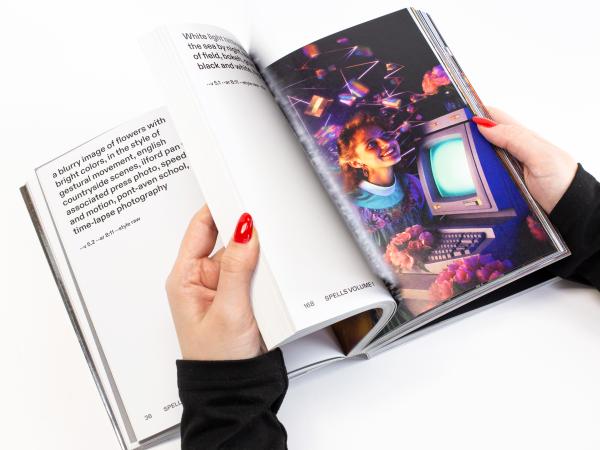How our decarbonisation roadmap leads directly to improved sustainability for customers and partners
The second in our series on Sappi’s Sustainability Highlights looks at how greenhouse gas emissions are being cut at the company’s mills across Europe.
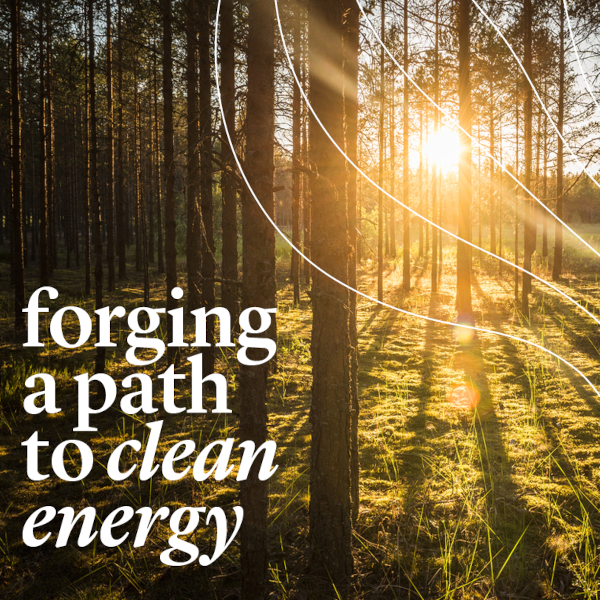
When you are seeking sustainable product solutions, it makes good sense to partner with a producer of sustainably sourced, renewable, fibre-based products – not least when considering the story you want to tell your own customers. But what about the wider sustainability story connected to the products themselves? Might your customers not want reassurance about that, too?
The carbon footprint of a product is related to more than just the renewability and recyclability of the materials used. It is also crucially connected to the whole process of production itself – and to the measures being implemented by the producer to minimise the greenhouse gas emissions associated with production.
This is why our Sappi Europe decarbonisation roadmap sets out no fewer than 80 projects aimed at significantly reducing greenhouse gas emissions all across our business for this year and beyond. These are projects that are already significantly lowering the carbon footprint of key mills and the sustainable solutions they produce – meaning that customers using our products are already having their own carbon footprint lowered.
Our recently published Sustainability Highlights report sets out some of the key projects underway. These include…
Kirkniemi
In summer 2023, our Kirkniemi mill in Finland threw the switch on clean energy – exiting coal and inaugurating its new facilities for the use of biofuels made up of biomass residues such as bark, sawdust and woodchips.
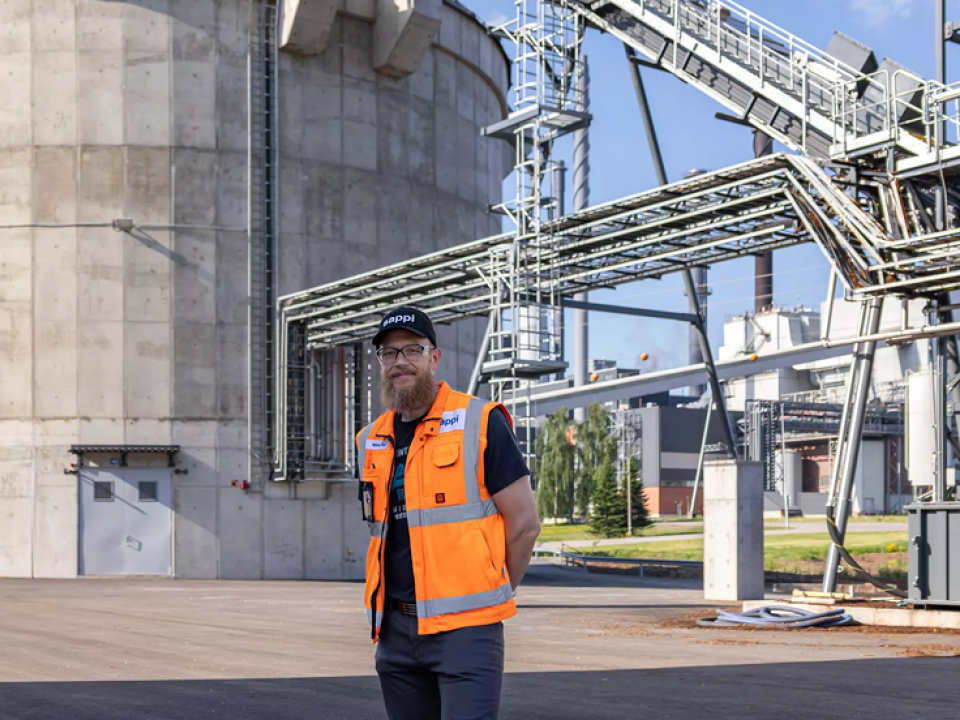
The new biofuel facilities reduce the direct fossil greenhouse gas emissions produced by the mill by nothing short of 90% – the equivalent of 230,000 tons of carbon dioxide every year. As a result, the carbon footprint of the Galerie paper range itself was slashed at a stroke by 55%, with this figure projected to reach 70% by the end of this year – making Galerie a market-leading option for those seeking a sustainable, renewable product.
Gratkorn
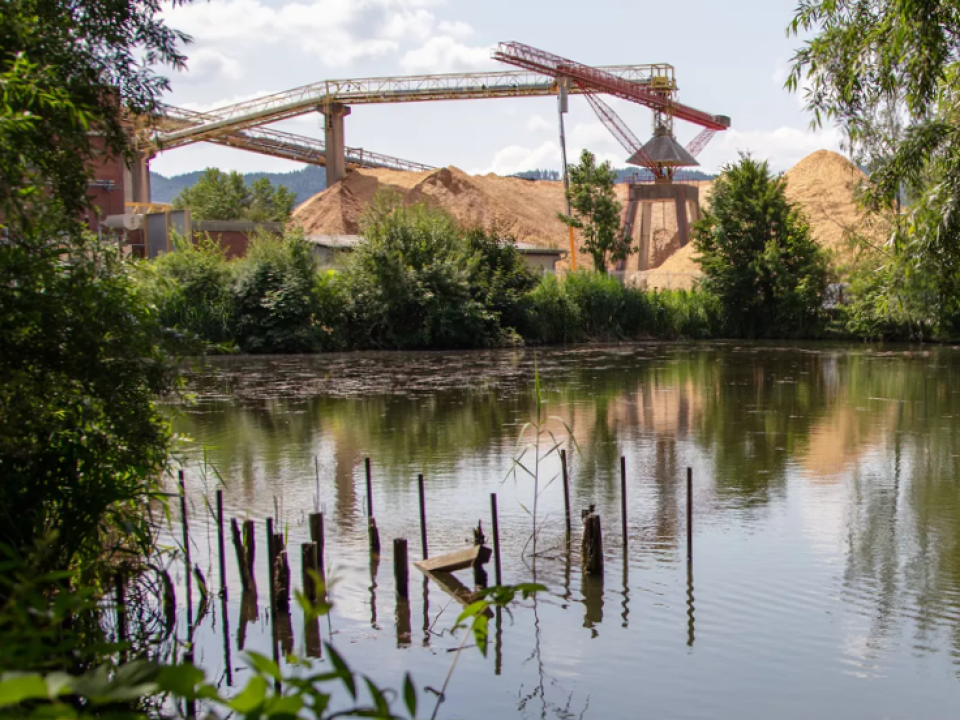
Our Gratkorn mill in Austria is boosting its own facilities for handling the delivery, sorting and processing of biomass residues for energy generation – with the aim of further increasing its use of renewable energy from a level of 56% (already up from 41% in 2022).
This builds on work completed in 2022 to modernise the mill’s boiler 11, when a €35 million investment facilitated switching the boiler’s fuel from coal to a mix of biomass and natural gas – immediately reducing the mill’s carbon emissions by 30%.
Maastricht
At our Maastricht mill in the Netherlands, an innovative combination of e-boiler and gas turbine has been such a success that a second e-boiler should be ready to start up in November 2025, with further significant reductions in CO2 emissions set to follow.
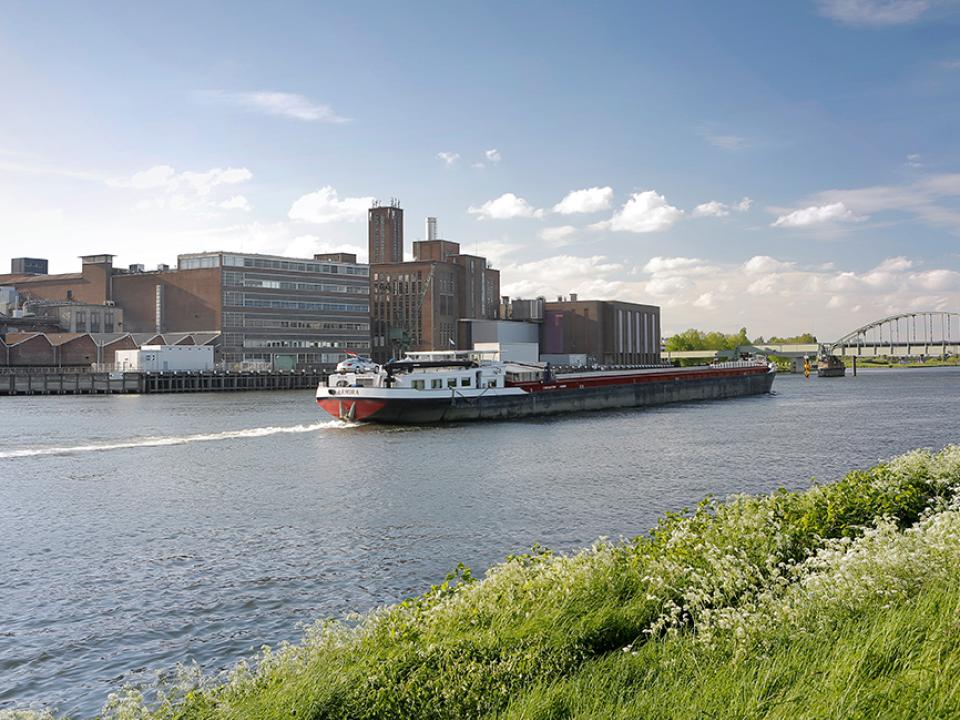
The new e-boiler will further augment the mill’s unique ability to switch between natural gas and renewable energy sources. This ability to flex and switch is important because renewable energy in the Netherlands largely relies on naturally unpredictable wind and solar. Not only does flexing ensure that the mill maintains power at times of low renewable energy availability, but it also means that, at other times, the mill can help by contributing energy to the wider –so helping stabilise it for other users.
Alfeld, Condino and Ehingen
We've been actively working on an energy study to look at future options for our Alfeld, Condino and Ehingen mills. The pre-feasibility study includes exploring disposal and utilisation options for bark, wood and sludge residue streams across a wider number of mills. Our aim is to increase the share of renewable and clean energy in line with our decarbonisation strategy, while ensuring that the mills maintain capacity and meet all compliance requirements.
